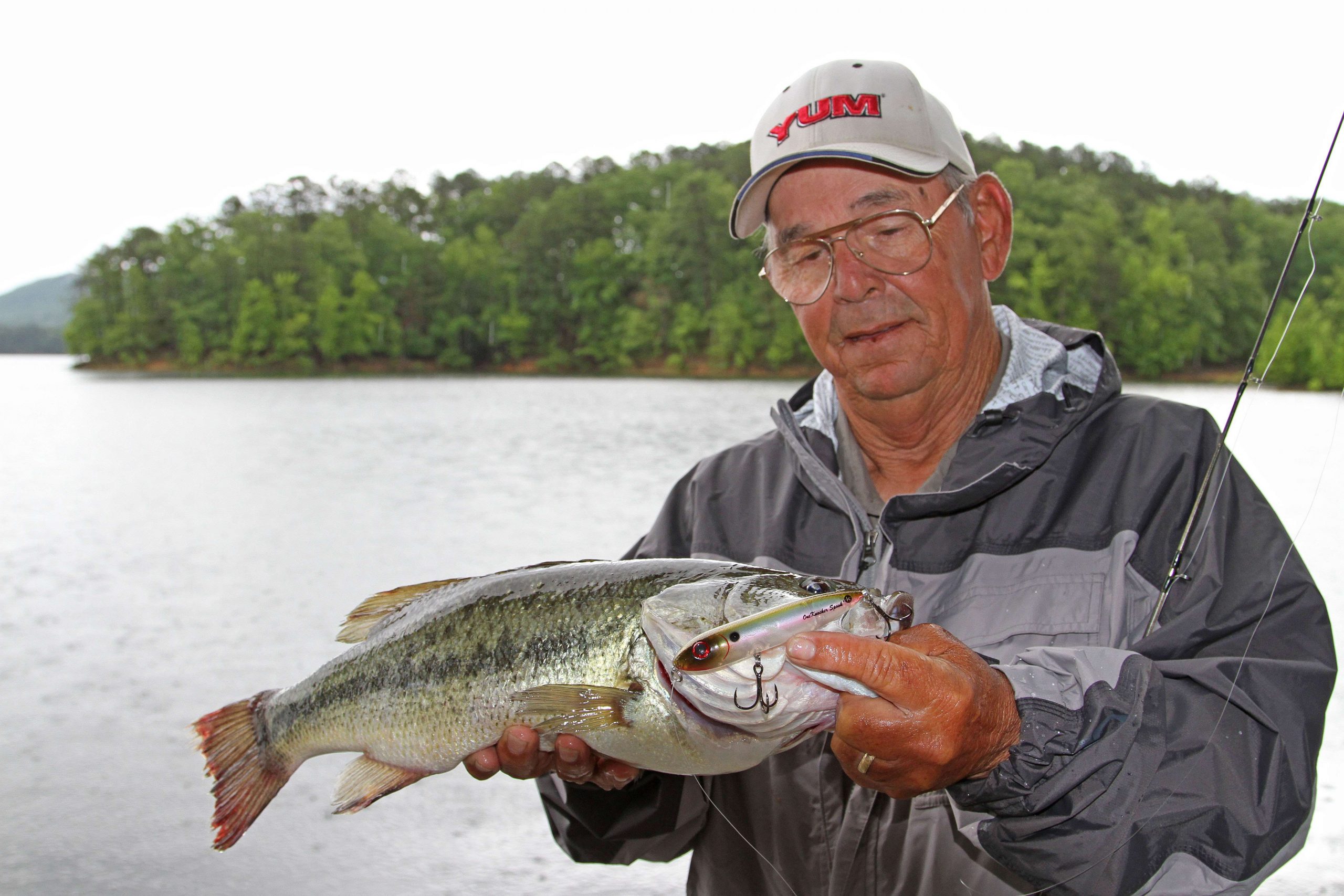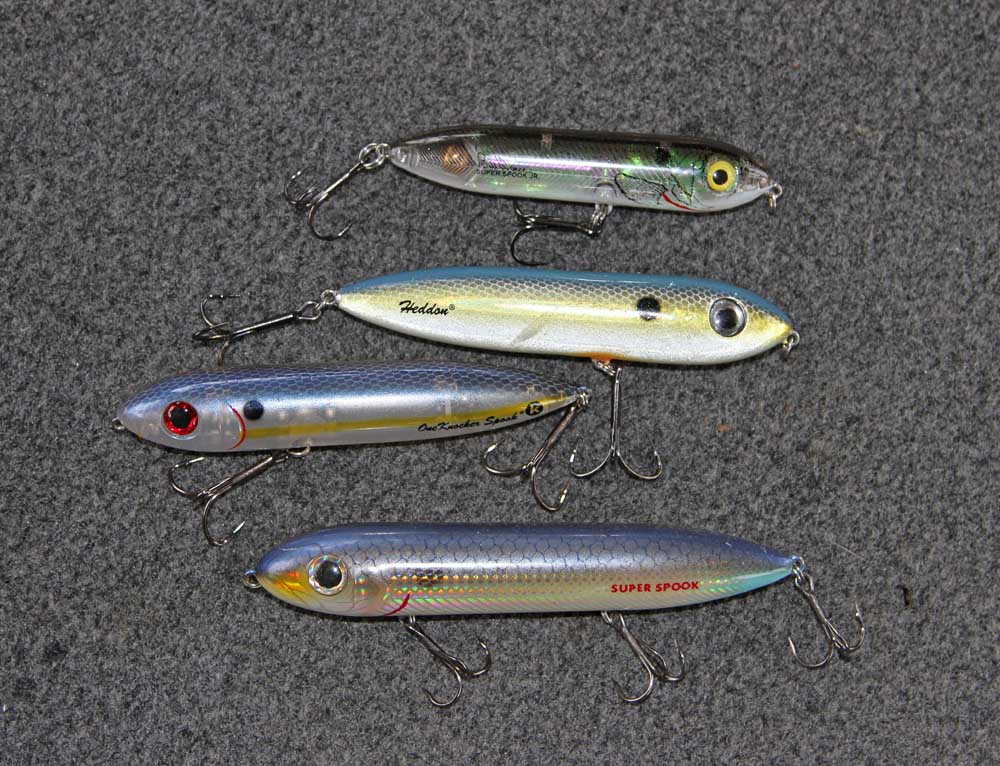
Throughout a career spanning more than four decades, Bobby Murray has experienced a lot of spooky situations. But not to worry, the inaugural Bassmaster Classic champion hasn’t been plagued by the paranormal. Rather, the spooks that have kept him company all these years are the ones in his tacklebox.
Indeed, the Arkansas pro has enjoyed much of his success thanks to the smooth-talkin’, surface-walkin’ creations by Heddon. In fact, Murray thanks an original Zara Spook for earning him the distinction of being the first angler to win a Bassmaster pro event on his home lake — referring to his 1972 win on Lake Ouachita.
“If you’re a bass fisherman and you don’t have a Zara Spook in your box, you don’t know what you’re missing,” Murray said. “With just about every type of game fish — largemouth bass, spotted bass, smallmouth bass, northern pike, musky — you will never get as vicious a strike as you will on a Zara Spook.”
Versatility, Murray said, forms the foundation for his longstanding Spook appreciation. With models ranging from 3 to 7 inches, this topwater clan covers a broad range of presentations. Throw in the different sound options and there’s no question: Spooks got game.
Summarizing the bait’s range, Murray said. “There are times in the spring when you can catch fish on a Spook in 4-5 feet of water. But there are also times that I can be sitting in 90 feet of water, throwing over a 30-foot hump or some submerged trees and call fish from 30 feet all the way to the surface.”
Spook specs
Murray said he’s found a use for every model of spook, but for seasonal progression, he follows this general plan:
Spring: Murray looks for fish moving in the shallows, but doesn’t expect a very active bite. He’ll go with a 3 1/2-inch Super Spook Jr. because he doesn’t want a big silhouette while baitfish are still small.
Summer: The original 4 1/2-inch Zara Spook is Murray’s choice during the warmer months. For deeper fish, he finds the One-Knocker’s low-pitch sound can pull bass up from a good distance by providing an audible trail that helps the fish acquire a target lock. Conversely, when he spots schooling fish, the more intense sound of multiple rattles mimics the frantic commotion of a bait pod under attack.

Fall: Noting that he doesn’t devote a cool autumn day to fishing for 20 bites, Murray said he’s fishing for big bass that are eating big baits, so he goes big with a 5-inch Super Spook.
“I’m fishing for a 6- to 8-pound bass and she can swallow 1/3 of his body weight in one bite,” Murray said. “She’s not chasing little bitty minnows. She wants to make one kill and have a belly full.”
Summarizing his bait selection process, Murray said: “We’re just following the food chain as we come through the year and we want to match the size of the baitfish that the bass will be eating. It doesn’t matter if you’re fishing in Minnesota or Mississippi — it all works that way. The seasons pass by faster than they do in the south, so you really have to be keyed on it in the north.”
Tackle up
For that classic walk-the-dog saunter, Murray finds a 6 1/2- to 7-foot soft-action rod works best. He wants plenty of fish-whipping backbone, but Murray said he wants his topwater rod’s tip to swing a good 5-6 inches when he shakes it with a bait reeled tight. The benefit of this softer rod, he said, is action imparted to the bait.
“All you’re trying to do is hit the end of the slack on the presentation,” he said. “You’re not trying to jerk the lure; you’re just making it change directions. When it changes directions with a hard pop on a soft rod, it sounds like a fish striking. That sound draws fish to it.”
Murray finds that the stretch of monofilament best serves his topwater action, but he’s not overly concerned with reel speed. Control comes from the winding cadence, so a slow or fast reel will suffice.
Most of his topwater fishing is done during the day, so Murray does his best to match his lure colors to the local forage. Bass will hit a topwater after dark, but that can get a little (forgive me) “spooky.”





